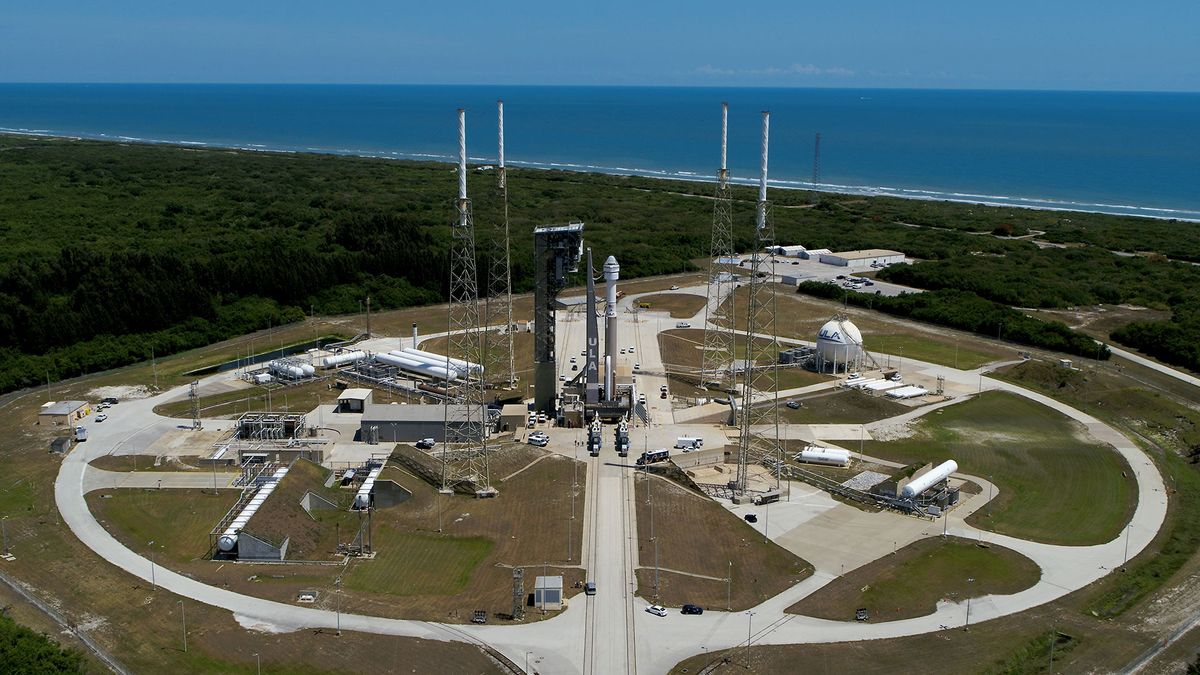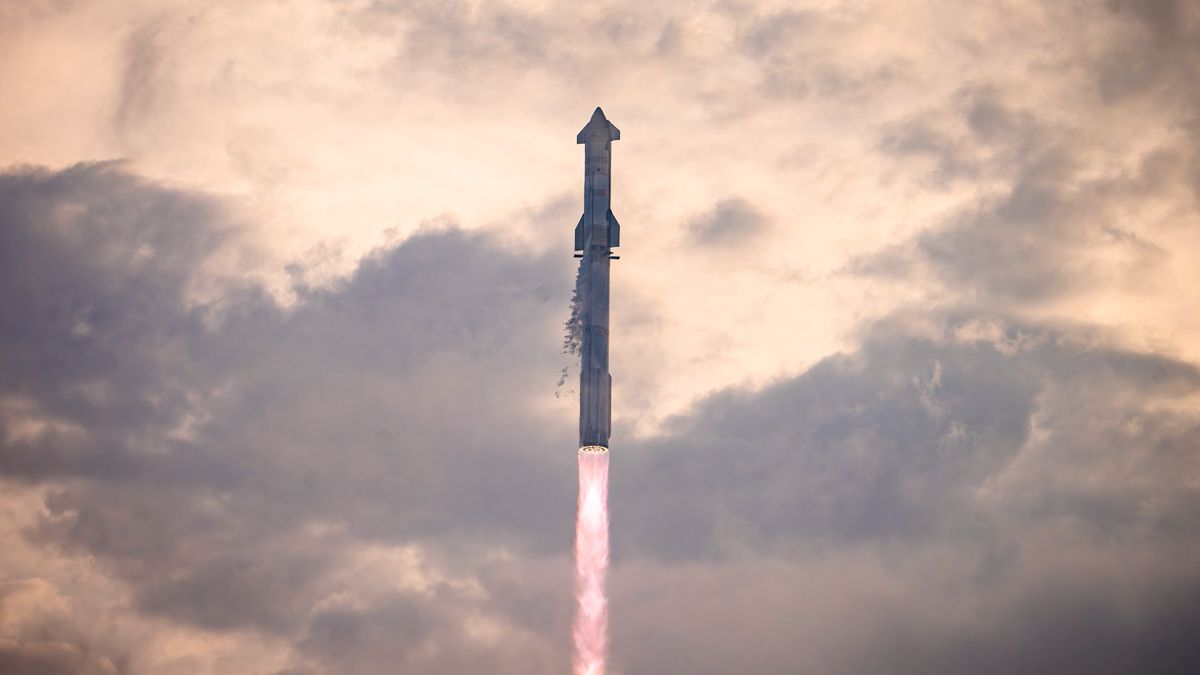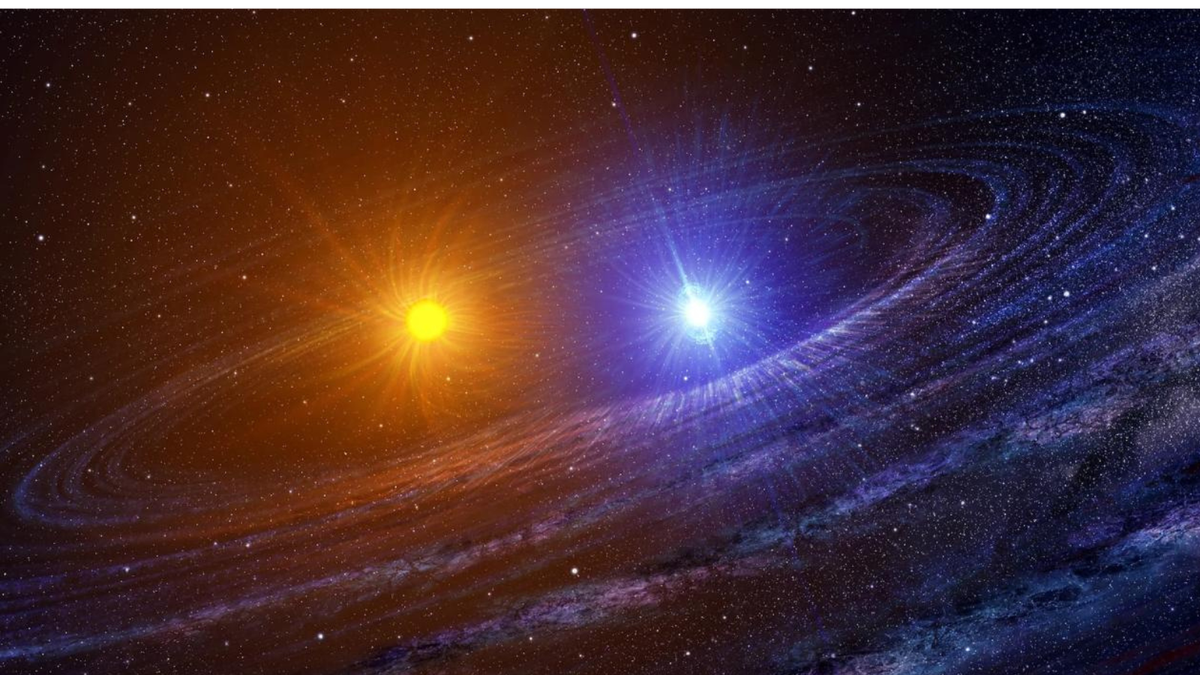Exploring America’s Return to Human Spaceflight
The upcoming launch of two astronauts aboard a commercial spacecraft developed by Boeing Corporation not only signifies a significant milestone for the company but also heralds the return of American human spaceflight to a historic rocket and launch site dormant for over five decades. The highly anticipated Crew Flight Test (CFT) for Boeing’s CST-100 Starliner capsule is poised to embark on an eight-day sojourn to the International Space Station, with NASA astronauts Barry “Butch” Wilmore and Sunita “Suni” Williams at the helm. Scheduled for today at precisely 10:34 p.m. EDT (0234 GMT on May 7), this mission follows two successful uncrewed orbital flight tests conducted in 2019 and 2022, paving the way for routine crew rotation missions to the space station commencing next year.
A Glimpse into History
Set to launch atop a United Launch Alliance (ULA) Atlas V rocket from Space Launch Complex-41 (SLC-41) in Florida, this mission holds deep historical significance, intertwining the past and present of American space exploration. ULA’s vice president for government and commercial programs, Gary Wentz, highlighted the historical context surrounding this launch, reflecting on the pivotal role played by the Atlas rocket in America’s space endeavors. Notably, in 1962, astronaut John Glenn embarked on the first Atlas mission, marking the genesis of human spaceflight progression. Fast forward 62 years later, the 100th Atlas V mission is poised to carry Wilmore and Williams into orbit, underscoring the enduring legacy of American space achievements.
The evolution of the Atlas rocket family over the past six decades underscores the remarkable strides made in rocketry technology. Originally conceived as the United States’ inaugural operational intercontinental ballistic missile (ICBM), the Atlas D rocket underwent significant modifications to pioneer manned space expeditions when it piloted the first Americans into Earth’s orbit. Notable personalities such as Glenn, Carpenter, Schirra, and Cooper soared into the cosmos aboard the Convair booster, setting the stage for future space exploration endeavors.
Riding on the Shoulders of Giants
The modern-day Atlas V, engineered by Lockheed Martin, boasts cutting-edge features including the Russian RD-180 engine propelling its first stage and a Centaur upper stage. Introduced in 2002, the Atlas V stands as the longest-serving active rocket in the United States, poised to retire post-16 additional missions to make way for ULA’s new Vulcan heavy-lift rocket. ULA’s meticulous preparations in adapting the Atlas V for crewed missions involving the Starliner spacecraft underscore the commitment to ensuring utmost safety and efficiency.
Moreover, the forthcoming launch of Boeing’s Starliner CFT mission not only signifies a technological leap but also marks a poignant return to tradition, as it represents the first crewed spaceflight to depart from the historic Cape Canaveral Air Force Station. The juxtaposition of past and present elements in this launch journey reflects the continuous evolution of American space exploration, blending nostalgia with innovation.
The Spectacle of Science
As the countdown to liftoff draws near, the amalgamation of history, technology, and human ingenuity converging at SLC-41 in Florida encapsulates the essence of mankind’s relentless pursuit of the stars. The seamless synthesis of past achievements with future aspirations manifests in the poised Starliner spacecraft atop the venerable Atlas V rocket, poised to reignite the flames of American space exploration with a renewed vigor and purpose.
Witnessing this launch serves as a testament to the enduring spirit of discovery and the unwavering commitment to pushing the boundaries of human endeavor beyond the confines of Earth. Amidst the cosmic expanse, where dreams merge with reality, the launch of Boeing’s Starliner CFT mission stands as a beacon of hope, illuminating the path towards a future where the stars beckon and humanity’s collective aspirations soar to unimaginable heights.
Image/Photo credit: source url





